The art of minimalism and houseplants are a match made in heaven. And it’s no wonder why so many people are embracing how the ethos of minimalist living and the beauty of houseplants.
The clean minimalist aesthetic combined with the natural aura of houseplants make this combination 2024’s hottest interior trend!
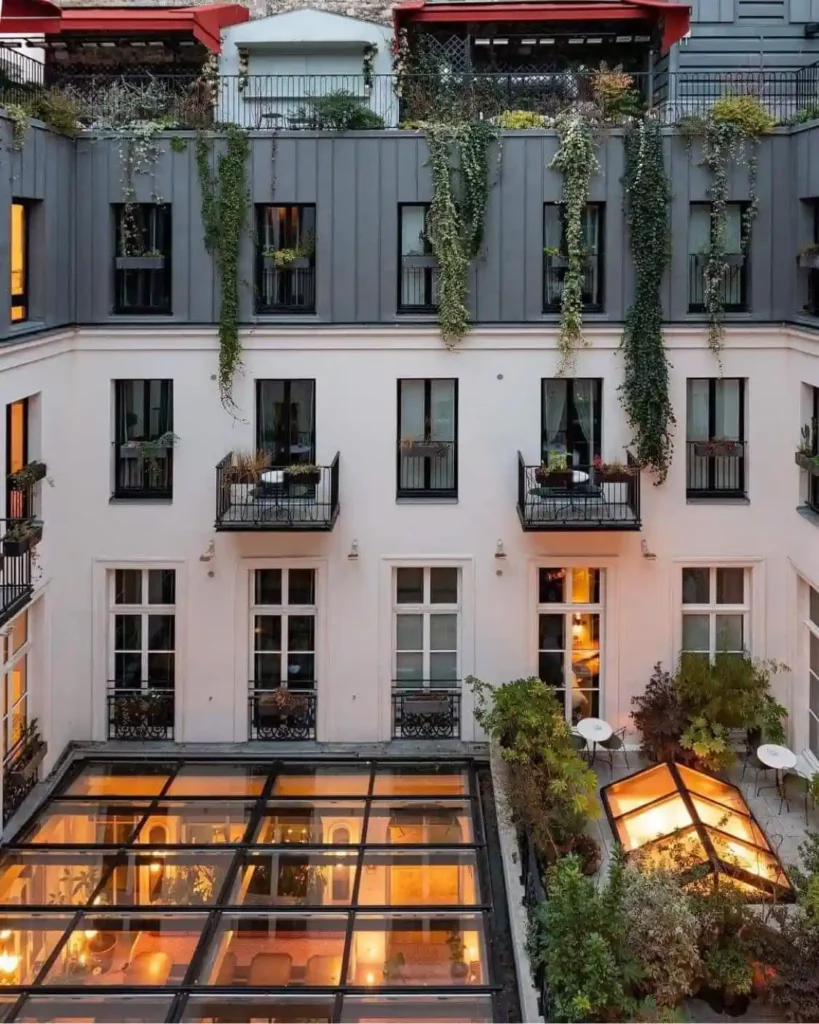
Embracing Minimalism: The Basics
But first – let’s talk about Minimalism.
Minimalism is a design philosophy that emphasizes simplicity, functionality, and the removal of unnecessary clutter. By adopting a minimalist approach, you can create a serene and spacious living space that promotes tranquility and a sense of calm.
At its core, minimalism is about focusing on what truly matters and letting go of excess.
It encourages you to declutter your surroundings and simplify your possessions to only the essentials.
By embracing minimalism, you can free yourself from the overwhelming burden of material possessions, allowing you to create a more intentional and meaningful living environment.
One of the key tenets of minimalism is the concept of “less is more.”
This principle encourages you to eliminate unnecessary items, streamline your belongings, and create a clean and uncluttered aesthetic. By removing visual distractions and non-essential elements, you can cultivate a sense of calm and open up space for a more mindful existence.


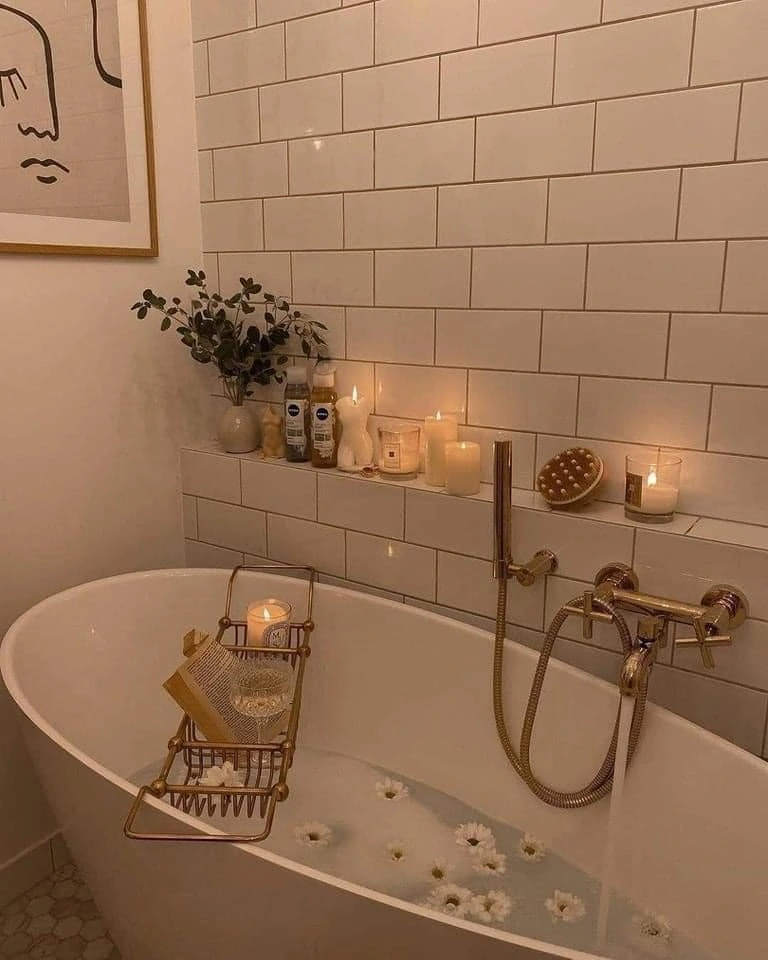
Minimalism also emphasizes functionality and purpose.
Each item in your minimalist home should serve a clear purpose and bring value to your life. By surrounding yourself with items that are meaningful and essential, you can create a sense of harmony and order.
When applied to interior design, minimalism embraces clean lines, neutral color palettes, and a focus on natural materials.
The goal is to create a space that feels harmonious, balanced, and visually pleasing. Minimalist interiors often feature open and uncluttered layouts, allowing for a sense of flow and simplicity.
And this ethos of minimalism flows perfectly into the houseplant craze of 2024!
The Benefits of Houseplants in Minimalist Homes
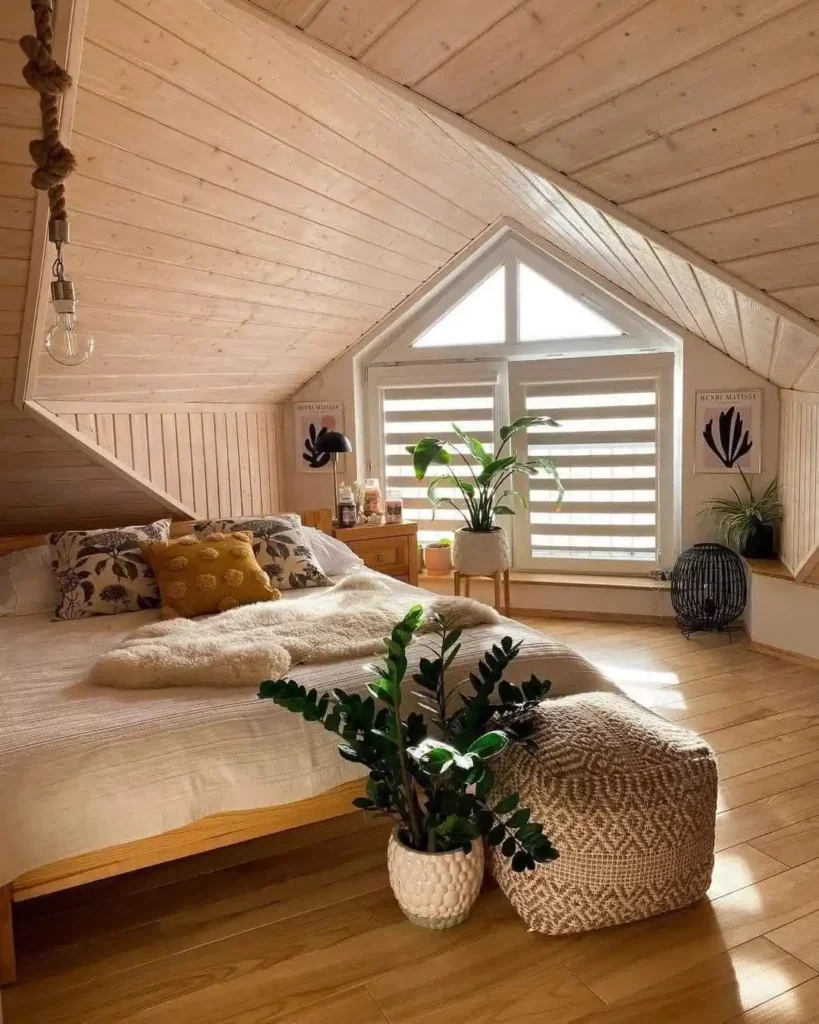
One of the key advantages of having houseplants in your minimalist home is the improved air quality they provide.
Plants act as natural air purifiers, removing harmful toxins and releasing oxygen into the atmosphere. With cleaner and fresher air, you can breathe easier and enjoy a healthier living environment.
Houseplants also have a positive impact on your mental well-being.
Being around plants can reduce stress levels and promote a sense of calmness and relaxation. The soothing presence of greenery can help create a tranquil atmosphere in your minimalist space, allowing you to unwind and recharge.
Houseplants can enhance the aesthetic appeal of minimalist homes.
Their vibrant colors and unique textures add visual interest to clean and minimalistic interiors.
Whether you choose a statement plant as a focal point or opt for a collection of smaller plants for a cohesive display, houseplants bring life and character to your space.
Choosing the Right Houseplants for Minimalist Spaces
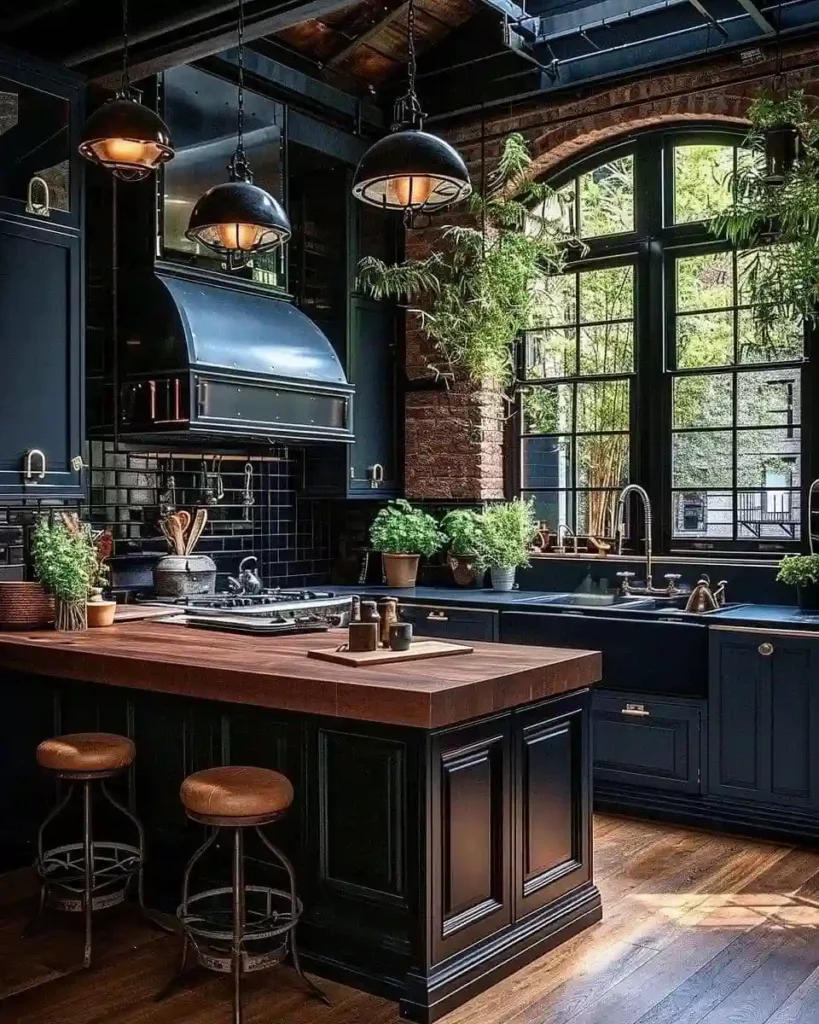
When it comes to creating a serene and harmonious minimalist space, choosing the right houseplants is crucial.
These green companions not only add a touch of nature to your interiors but also contribute to the overall aesthetic and ambiance.
Low-Maintenance Options
Minimalism promotes simplicity and ease, and the same principles apply when selecting houseplants. Opt for low-maintenance varieties that require minimal care and attention.
Popular choices include:
- Sansevieria (Snake Plant): Known for its air-purifying properties, the Sansevieria thrives in various light conditions and can withstand irregular watering.
- Pothos: This trailing vine is a resilient plant that can tolerate low-light environments. Pothos also has air-purifying qualities, making it a versatile and low-maintenance choice.
Space-Saving Solutions
In minimalist spaces, optimizing space is essential. Consider houseplants that are compact and don’t take up much room.
Here are a few options:
- Succulents: These small, desert-adapted plants come in a variety of shapes and sizes, making them ideal for minimalistic interiors. They thrive in bright light and require infrequent watering.
- Bonsai: These miniature trees are not only visually appealing but also suitable for small spaces. With regular pruning and shaping, bonsai plants can be a captivating focal point in your minimalist home.
Lighting Considerations
Proper lighting is essential for the health and growth of houseplants. Evaluate the lighting conditions in your space and choose plants accordingly:
- Fiddle Leaf Fig: This popular tree-like plant thrives in bright, indirect light, making it a perfect choice for minimalist interiors with ample natural light.
- Pothos: As mentioned earlier, pothos is a versatile plant that can tolerate low-light conditions, making it ideal for minimalist spaces with limited natural light.
Remember that each plant has specific care requirements, so it’s important to do thorough research and choose plants that align with your lifestyle and the conditions of your space.
Styling Houseplants in Minimalist Interiors
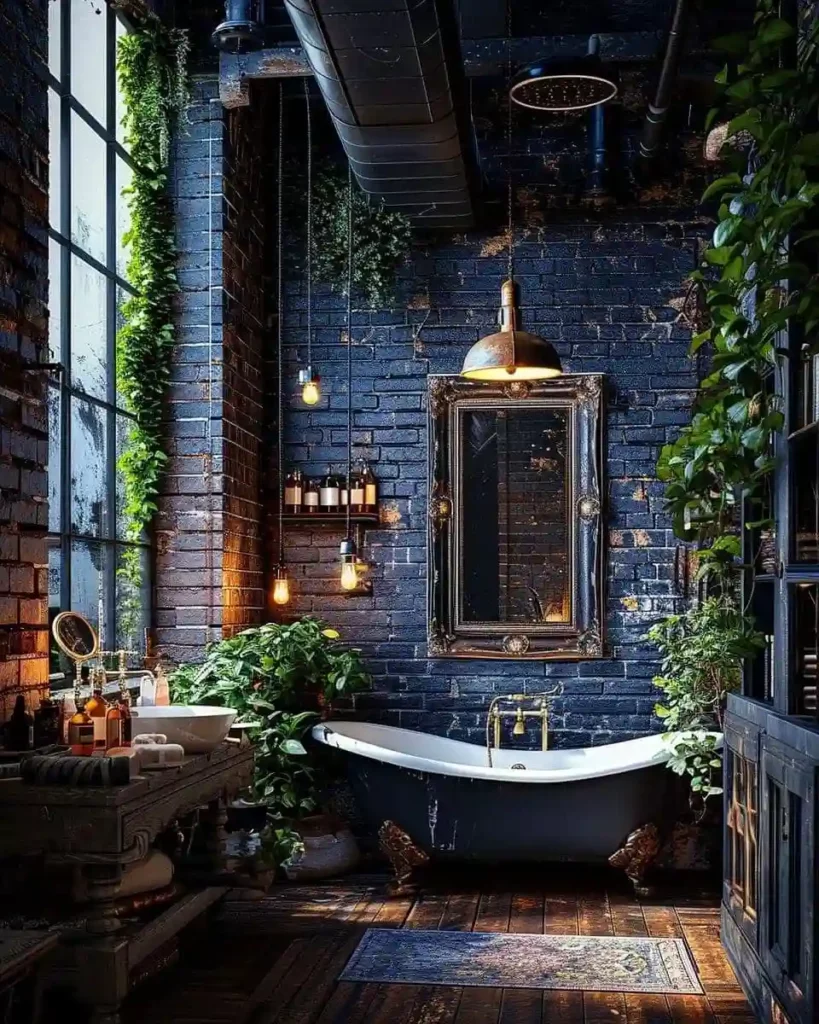
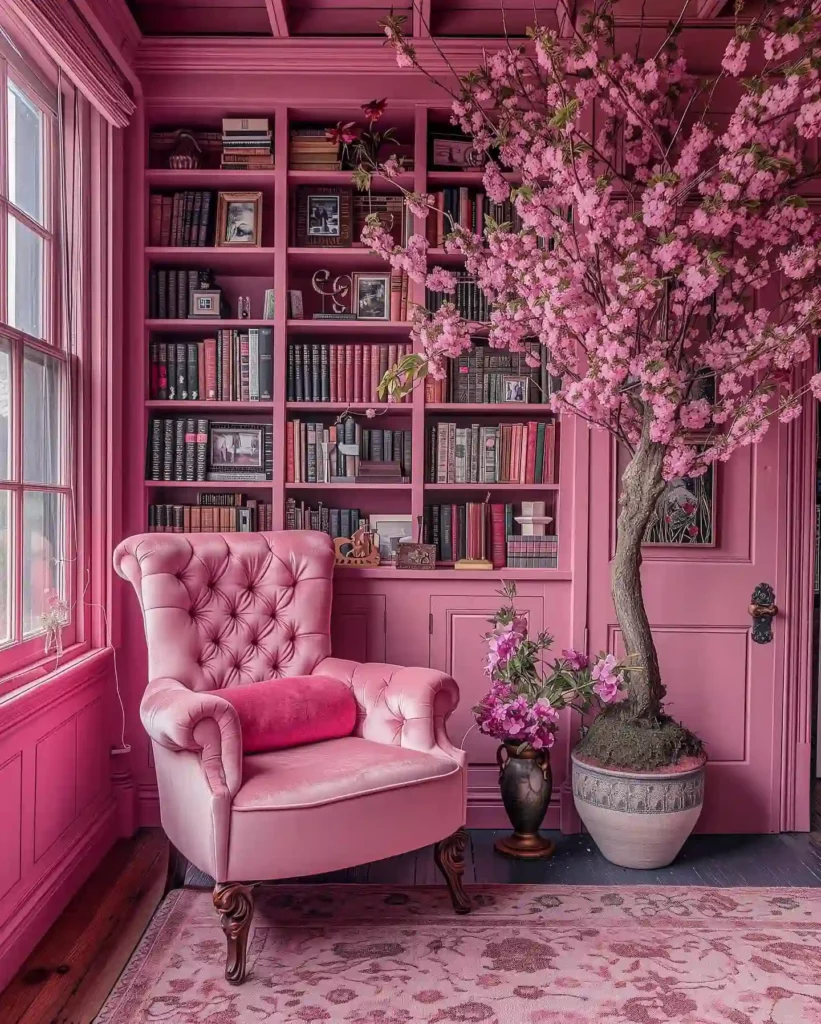
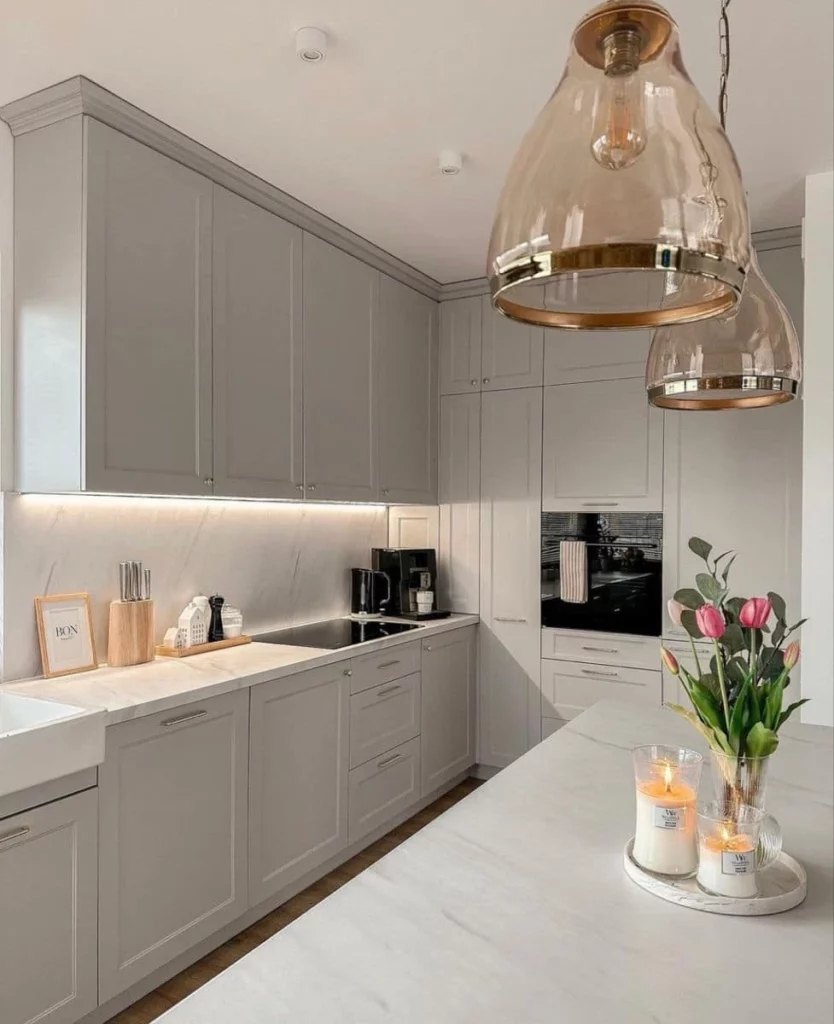
Now that you’ve learned about the basics of minimalism and the benefits of incorporating houseplants into minimalist spaces, it’s time to dive into the art of styling your green companions in a way that complements your minimalist aesthetic.
When it comes to styling houseplants in minimalist interiors, simplicity is key. Follow these tips and tricks to create stunning plant displays that perfectly blend with your minimalist decor:
- Choose the right pots and planters: Opt for clean and sleek designs in neutral colors like white, black, or shades of gray. These minimalist pots will provide the perfect backdrop for your houseplants.
- Consider plant placement: Strategically place your houseplants in areas where they can make a statement. Utilize empty corners, shelves, or even hang them from the ceiling to create visual interest.
- Create symmetry: Minimalist interiors often favor symmetrical arrangements. Place two identical or similar houseplants on either side of a console table or mantel to create a sense of balance and harmony.
- Experiment with different textures: While minimalist interiors are known for their clean lines, adding houseplants with different textures can bring dimension to your space. Mix and match plants with smooth leaves, spiky textures, or trailing vines.
- Arrange in odd numbers: When styling multiple houseplants, consider grouping them in odd numbers, such as three or five. This asymmetrical arrangement adds visual interest and creates a sense of movement.
Styling houseplants in minimalist interiors is all about finding the perfect balance between greenery and simplicity. By following these tips, you can create stunning plant displays that enhance your minimalist aesthetic and bring a touch of nature into your space.
Elisabeth Townsend of OMN NYC
Maintaining a clutter-free environment is crucial in minimalist interiors. Don’t overcrowd your space with too many houseplants. Instead, choose a few statement plants that have a significant impact.
Minimalist Plant Care: Maintenance and Organization
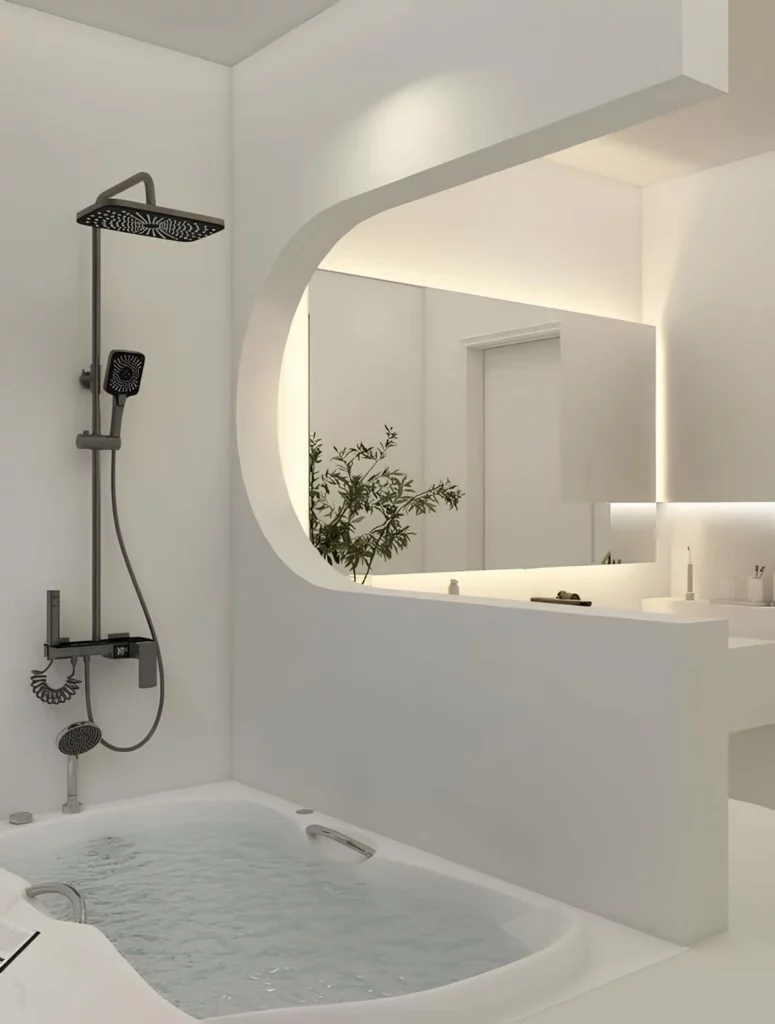
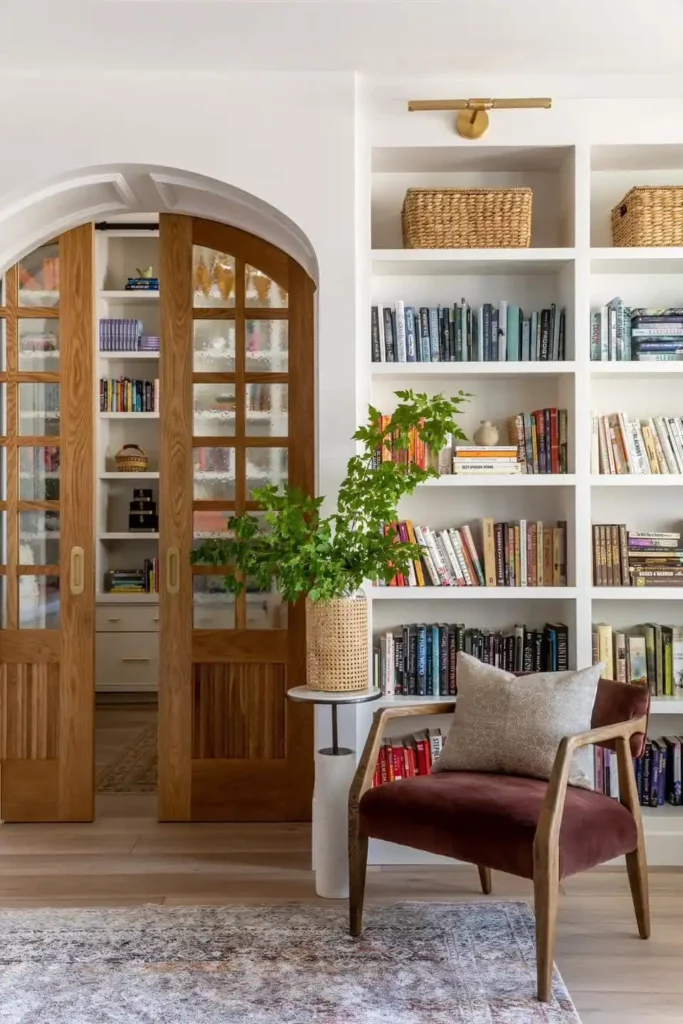
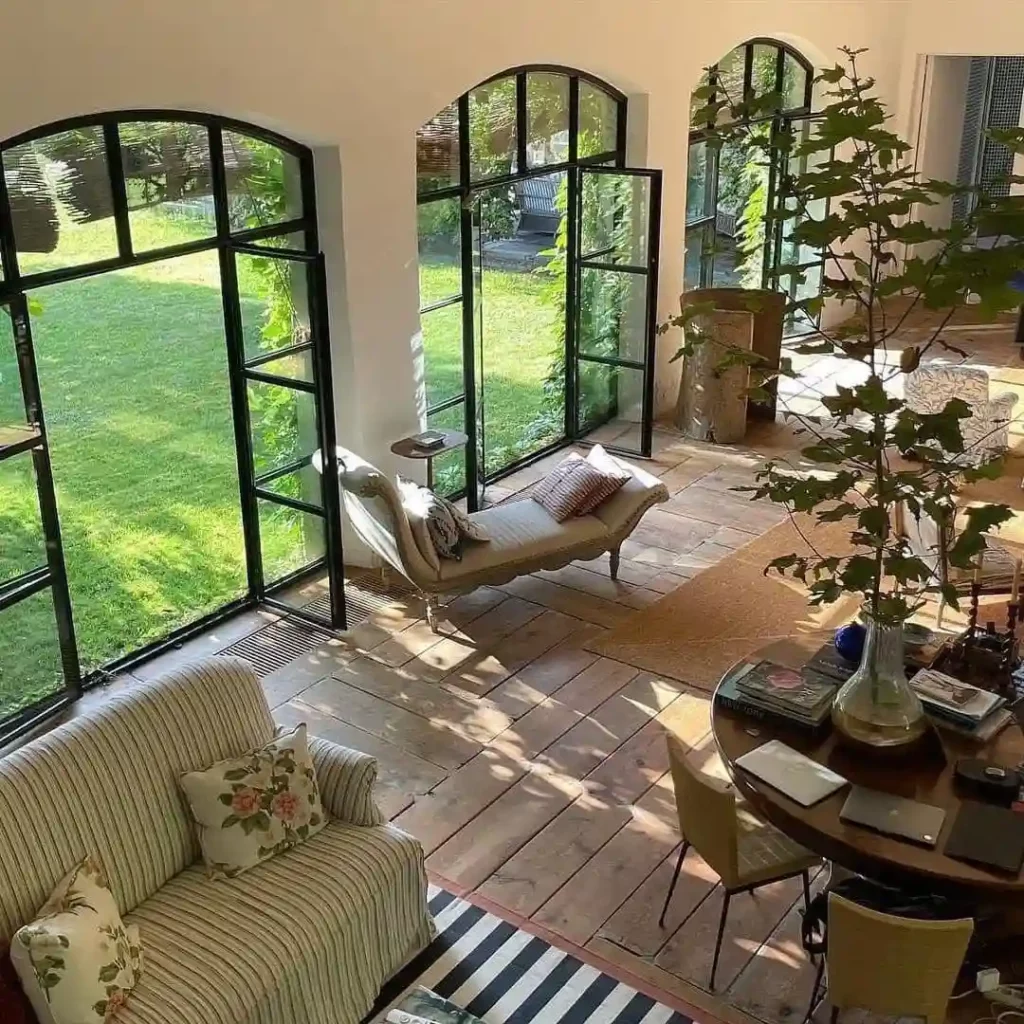
Adopting a minimalist plant care routine not only ensures the health and vitality of your green companions but also helps maintain the clean and uncluttered aesthetic that is central to minimalism.
Streamlined Watering and Pruning
Watering your plants is a vital part of their care, but it’s important to strike the right balance.
Overwatering can lead to root rot, while underwatering can cause wilting and stunted growth.
To achieve minimalist plant watering, establish a schedule that considers the specific moisture needs of each plant and avoid excess watering. A helpful tip is to stick your finger into the soil to check for dryness before watering.
Organizing Your Plant Care Supplies
In a minimalist space, organization is crucial to maintain an uncluttered and serene environment. Create a dedicated area or shelf for your plant care supplies to keep them tidy and easily accessible. Use minimalist storage solutions, such as clear containers or labeled boxes, to store items like fertilizer, pruning shears, and watering cans neatly.
“Organizing your plant care supplies not only keeps your living space organized, but it also saves you time and reduces stress. Knowing exactly where your tools and supplies are ensures that you can attend to your plants’ needs efficiently.”
Henry Crichton – Editor at GoodHealthyVibes
Creating a Plant Care Schedule
To stay on top of plant care tasks without feeling overwhelmed, establish a simple and consistent schedule. Designate specific days for watering, pruning, and other maintenance tasks.
Keep a plant care calendar or set reminders on your mobile device to stay organized and ensure that your plants receive the attention they require.
Creating Tranquil Spaces with Minimalism and Houseplants
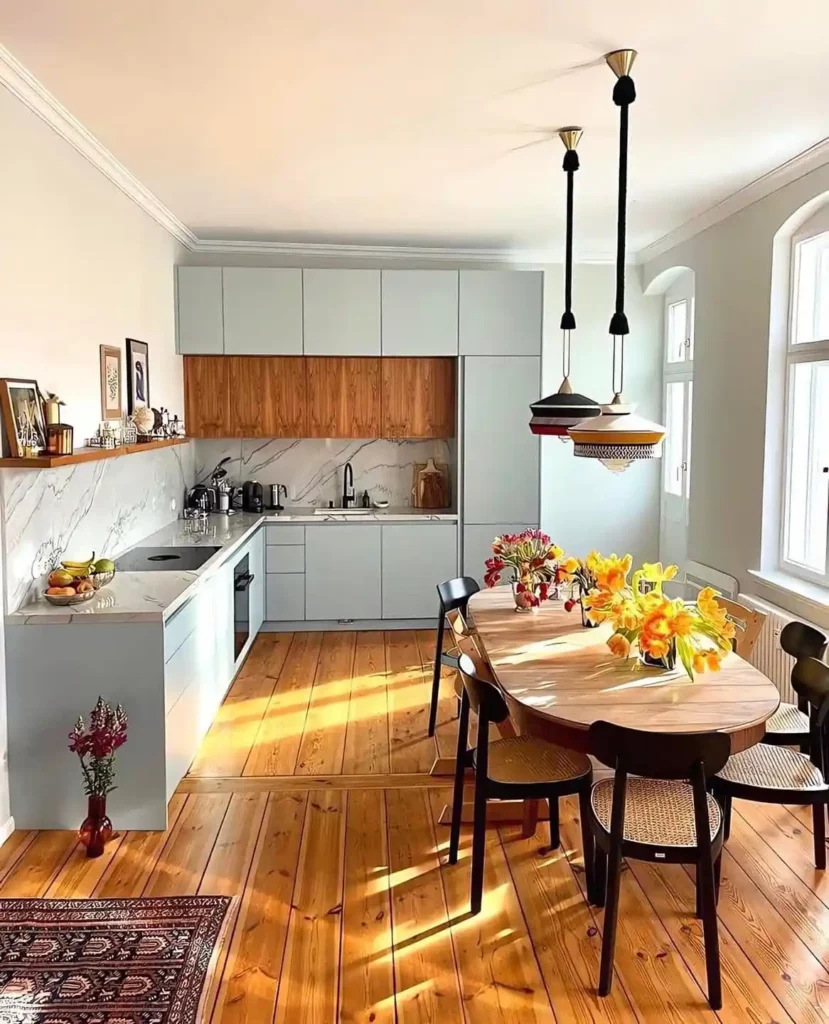
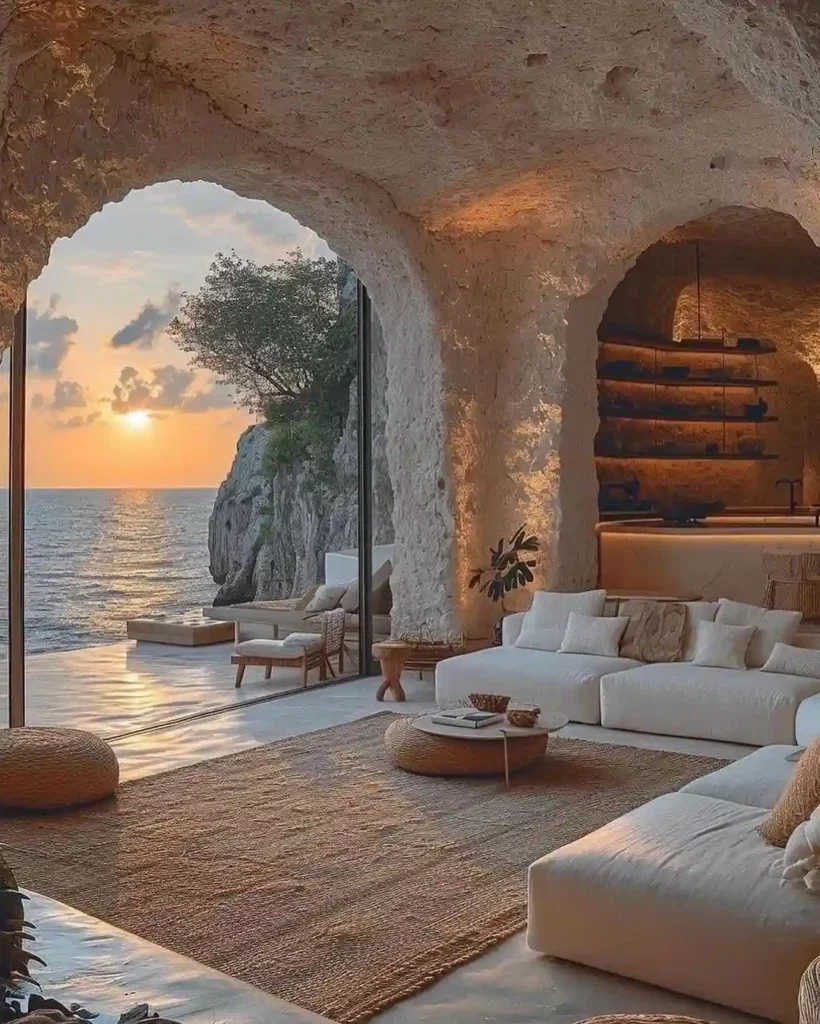
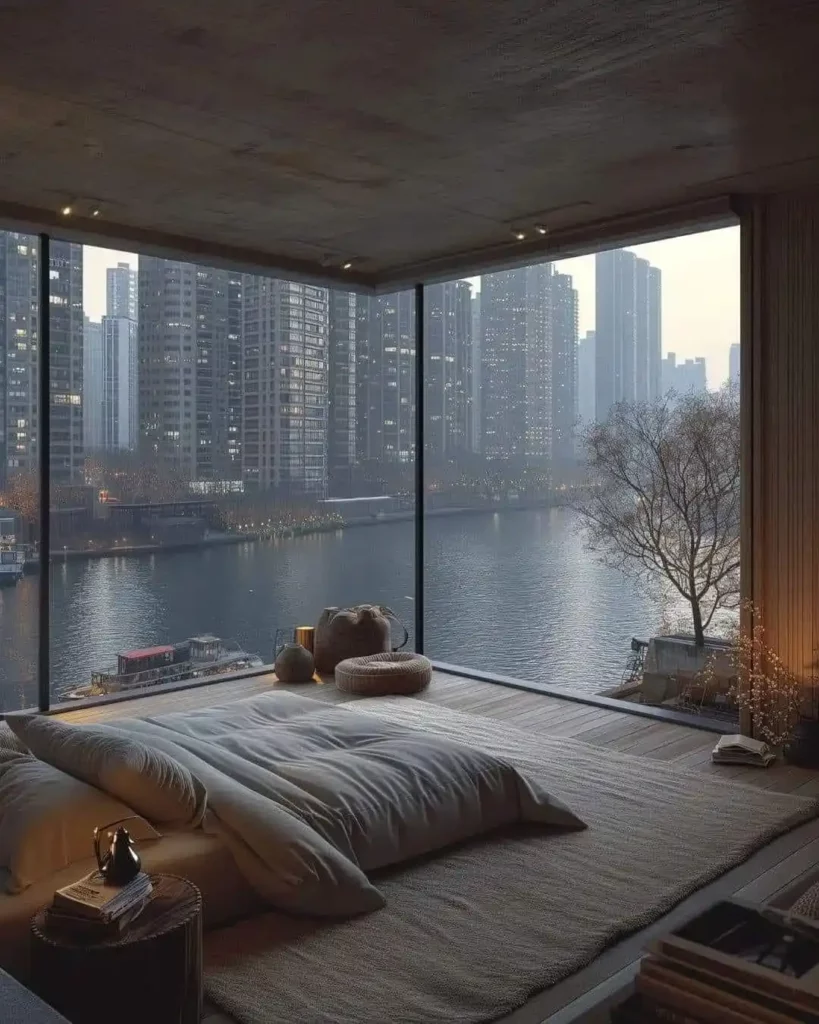
Plants can serve as focal points in your minimalist space, adding life and vibrancy to the overall aesthetic. Whether you opt for a statement monstera plant or a collection of smaller succulents, the presence of greenery brings a sense of tranquility and connection to the natural world.
Creating balance in your space is key, and symmetry can be an effective tool in achieving this. Utilize matching planters or arrange your houseplants symmetrically on shelves or windowsills. This symmetrical arrangement helps create a sense of harmony in your minimalist interior.
Integrating houseplants into minimalist interiors is about finding the perfect balance between simplicity and natural beauty. The organic shapes and soothing colors of plants can soften the clean lines and neutral tones of minimalist spaces, creating a harmonious coexistence.
Jessica Lynch of Harford.FH Houseplants
Sustainable Minimalism and Houseplants
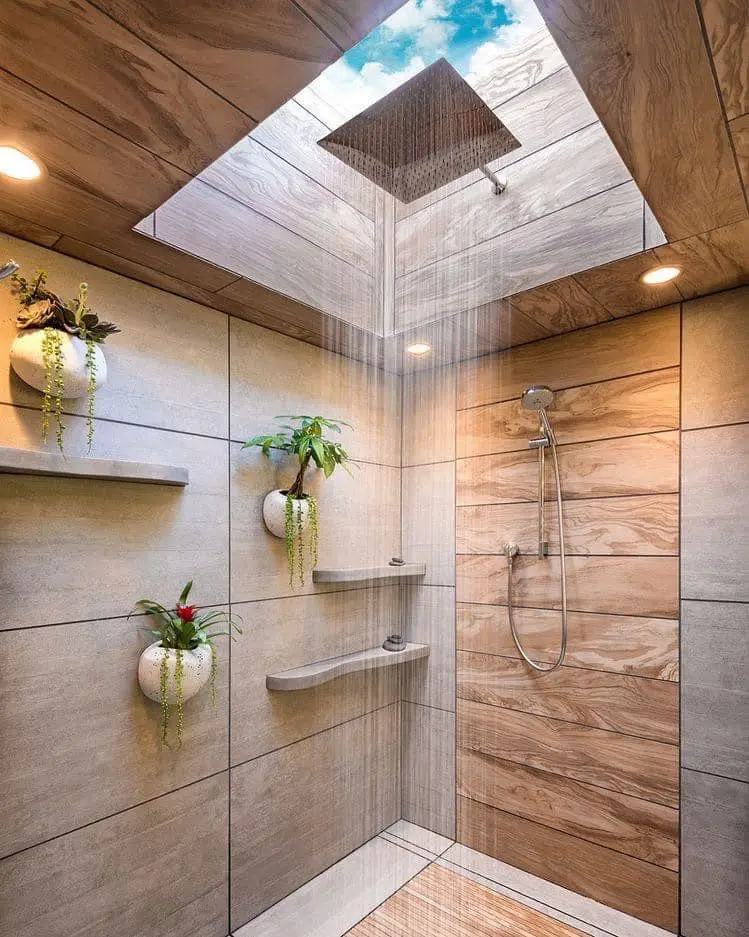
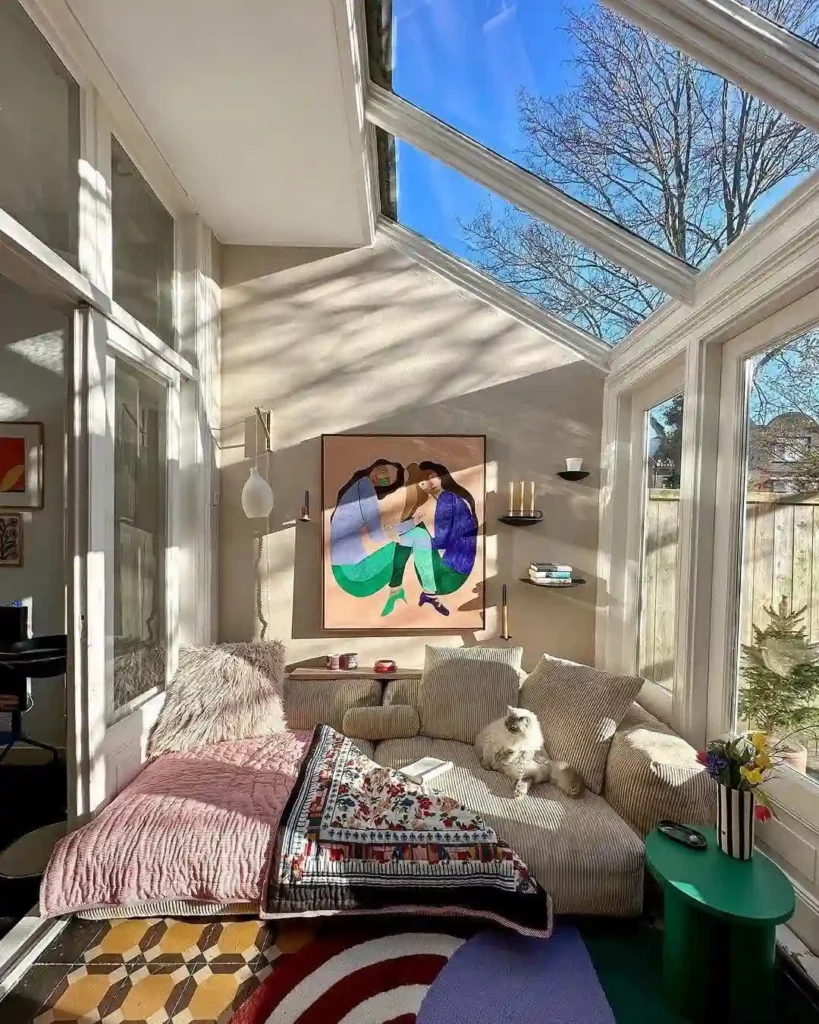
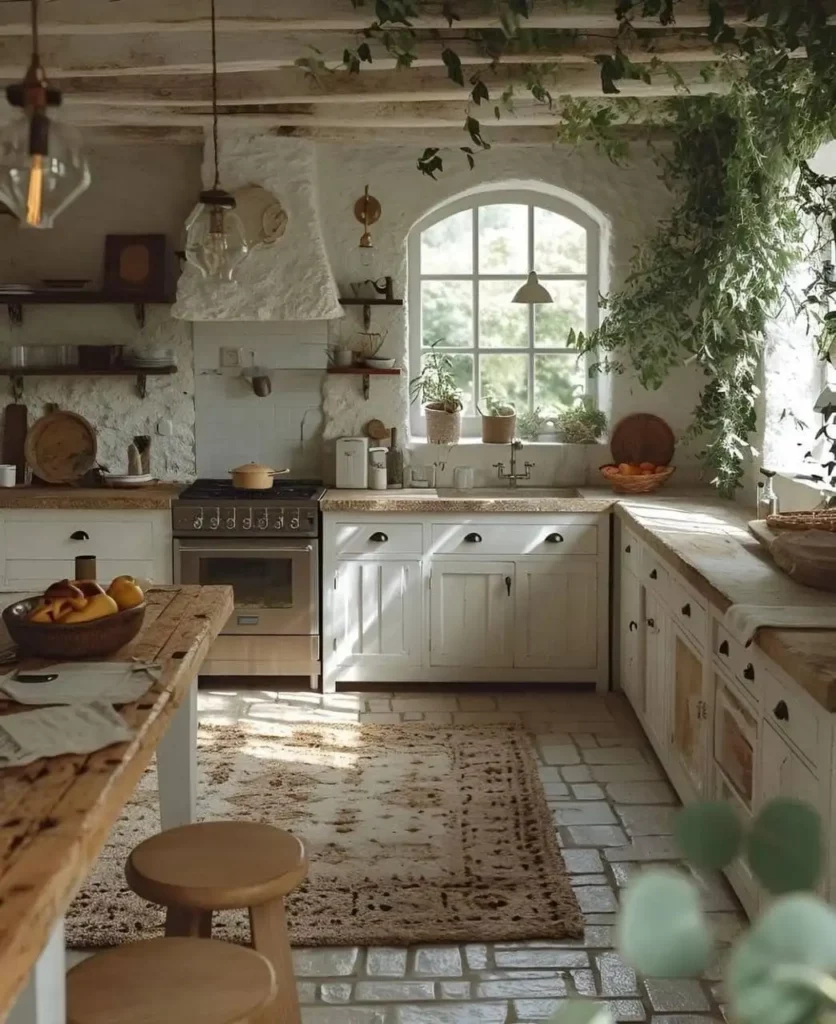
As you embrace the minimalist lifestyle, incorporating houseplants into your home can be a powerful way to bring nature indoors.
But did you know that you can further enhance your sustainable living efforts by adopting eco-friendly practices?
Eco-Friendly Plant Care Techniques
When it comes to caring for your houseplants, there are several eco-friendly practices you can implement. Opt for organic fertilizers and plant-based pest control methods to minimize your environmental impact.
Consider composting your organic waste to create nutrient-rich soil amendments for your plants.
Unique Repurposing Ideas for Plant-Related Items
In the spirit of sustainable minimalism, think creatively about repurposing plant-related items. Instead of discarding old containers, transform them into stylish plant pots through simple DIY projects.
You can also repurpose glass bottles and jars as propagation vessels or terrariums, adding a touch of uniqueness to your green space. By repurposing and upcycling, you reduce waste and contribute to the circular economy.
“Sustainable minimalism is about making conscious choices that align with your values while minimizing your environmental footprint.”
Emily Henderson of BAYC Minimalists Design
The Benefits of Choosing Locally Sourced Plants
Another way to incorporate sustainability into your minimalist space is by choosing locally sourced plants.
By purchasing plants from local nurseries or growers, you support your community and reduce the carbon emissions associated with long-distance transportation.
Local plants are also better acclimated to your region’s climate, making them more resilient and easier to care for.
The Future of Minimalism Houseplants
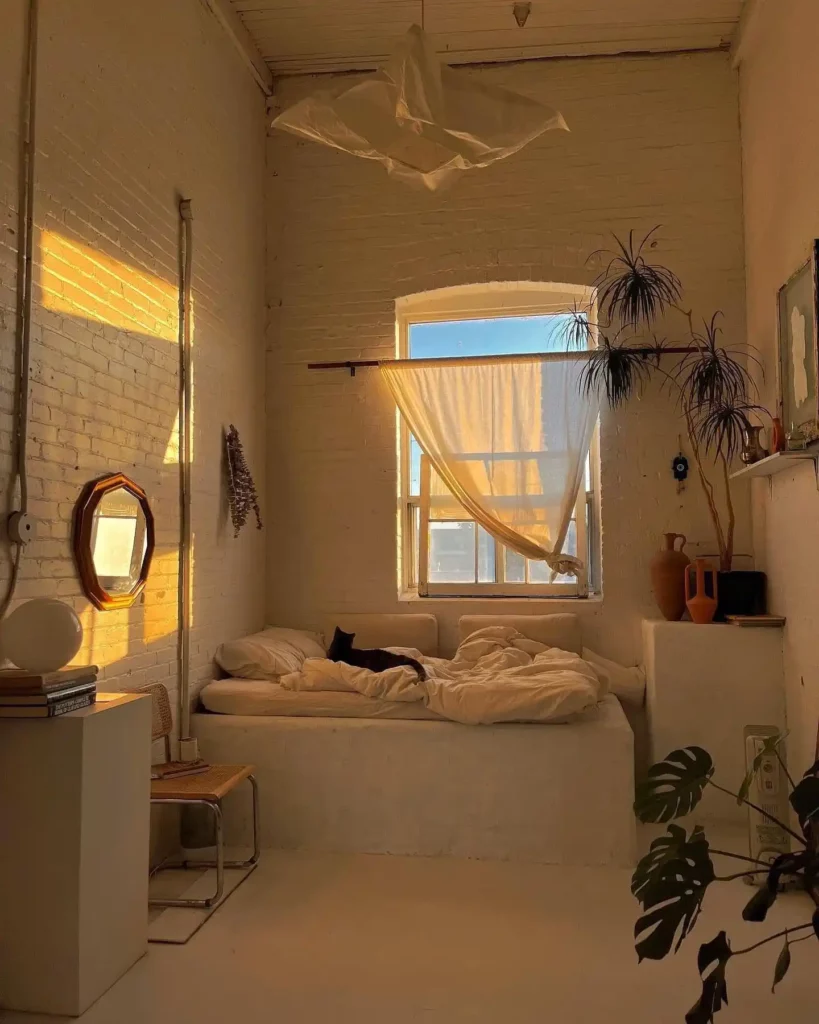
As the world embraces the beauty of minimalism and the importance of incorporating nature into our living spaces, the future of minimalism houseplants looks exceptionally promising.
Emerging trends in interior design are paving the way for even more innovative ways to integrate greenery seamlessly into minimalist spaces.
Designers and architects are exploring new concepts, pushing boundaries, and revolutionizing the way we create serene and sustainable environments.
One of the key areas driving the future of minimalism houseplants is the use of new technologies. From advanced irrigation systems that ensure precise watering to smart lighting solutions that optimize plant growth, technology is reshaping how we care for and interact with our houseplants.
Another intriguing development is the rise of vertical gardens and plant walls. These stunning installations not only maximize limited space but also create an eye-catching focal point in minimalist interiors.
“The future of minimalism houseplants is filled with endless creativity and innovation. With new technologies and design concepts, we can expect to witness truly awe-inspiring living spaces that effortlessly combine minimalism and greenery.”
Jane Smith – Interior Designer at TallHouse Designs INC
The future of minimalism houseplants holds endless possibilities for those seeking tranquility, natural beauty, and sustainable living. As we move forward, let us embrace the transformative power of minimalism houseplants and create spaces that inspire and nurture both our physical and mental well-being.
Final Thoughts: Bringing Minimalism and Houseplants Together
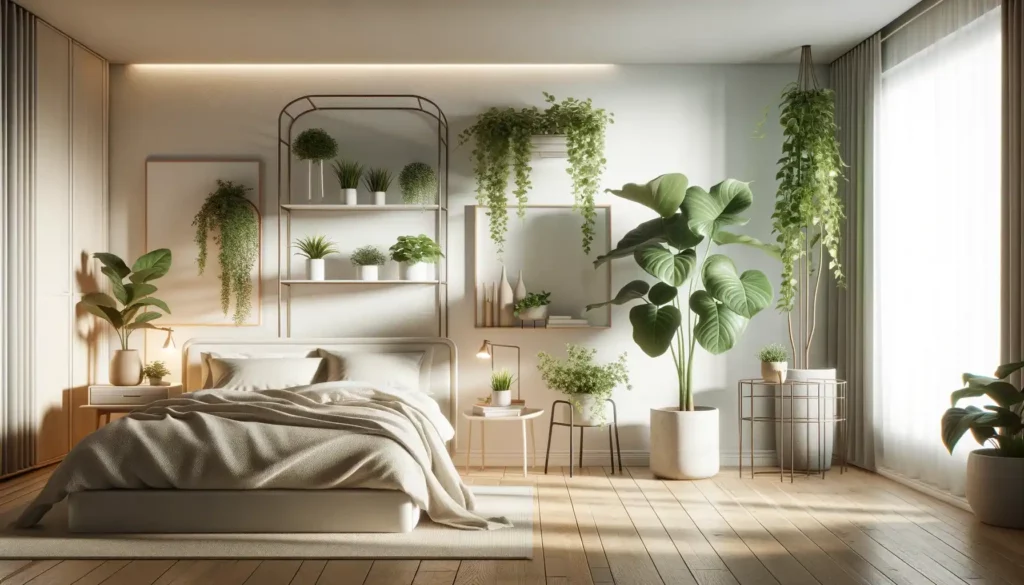
Bringing minimalism and houseplants together allows for a harmonious connection between nature and modern aesthetics, resulting in a tranquil environment that promotes well-being and relaxation.
Iencourage you to embrace this design trend and start incorporating houseplants into your minimalist spaces.
Begin by carefully selecting the right plants that suit your lifestyle and the lighting conditions of your home.
Invest in stylish pots and planters that seamlessly blend with your interior decor and experiment with creative plant arrangements to create visually appealing displays that enhance the overall aesthetic of your space.
The integration of houseplants in minimalist interiors is not just a passing trend. It is a sustainable and mindful approach to design that brings nature indoors, improving air quality, reducing stress levels, and adding life and energy to your living spaces.
Ready for more 2024 design? Check out our article on Boho Chic + Houseplants (people are loving this new trend)





